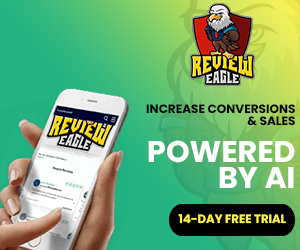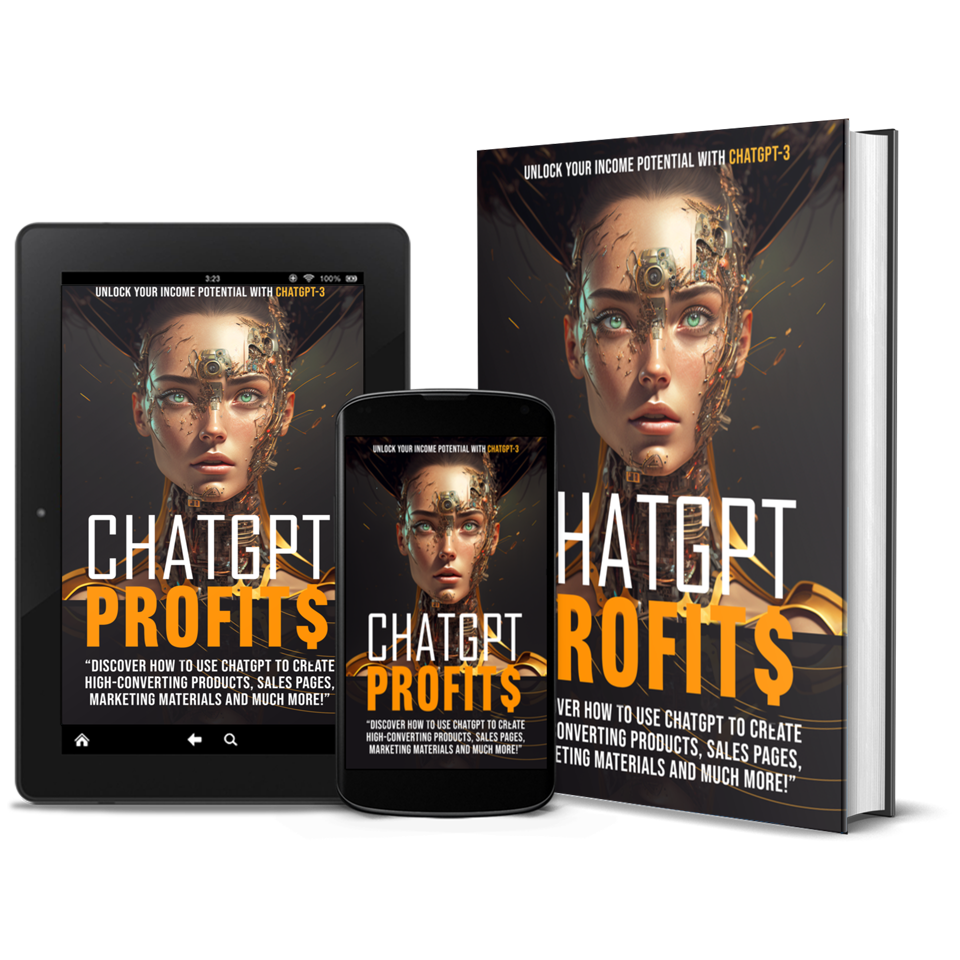The internet serves as a gateway to information, commerce, and everything in between, it’s more important than ever to ensure that websites are accessible to all users. While website optimization has traditionally focused on factors like speed, performance, and search engine rankings, it’s time we shift our perspective and unleash the power of accessibility.
In this blog post, we will delve into the realm of accessibility optimization, exploring how websites can be tailored to accommodate individuals with diverse abilities and ensure an inclusive online experience for all. We will uncover the strategies, guidelines, and best practices that web developers, designers, and content creators can employ to make their websites accessible to everyone, regardless of their abilities. So, whether you’re a seasoned web professional or someone looking to make their website more inclusive, get ready to unlock the potential of accessibility optimization and revolutionize the way we interact with the online world.
The Importance of Website Accessibility
Website accessibility is a topic that is gaining increasing attention in the digital world. It refers to the practice of designing and developing websites in a way that ensures equal access and usability for individuals with disabilities. While many people may not realize it, there are millions of individuals worldwide who face challenges when accessing websites due to various disabilities. By optimizing websites for accessibility, we can break down these barriers and provide an inclusive online experience for all users.
Understanding Different Types of Disabilities
To optimize websites for accessibility, it’s essential to have a clear understanding of the different types of disabilities that individuals may have. Disabilities can range from visual impairments, hearing impairments, motor impairments, cognitive impairments, and more. Each disability presents unique challenges when it comes to accessing and navigating websites.
For individuals with visual impairments, screen readers are often used to interpret website content audibly. Therefore, it’s crucial to ensure that website content is structured properly with headings, alt text for images, and descriptive link text. This allows screen readers to accurately convey information to visually impaired users.
Hearing impairments can be addressed by providing captions or transcripts for multimedia content such as videos or podcasts. This ensures that individuals who are deaf or hard of hearing can still access the information presented in these formats.
Motor impairments can make it difficult for individuals to use a mouse or keyboard effectively. To optimize websites for motor impairments, it’s important to provide alternative navigation options such as keyboard shortcuts or voice commands. Additionally, ensuring that clickable elements like buttons and links have sufficient size and spacing can make them easier to interact with.
Web Content Accessibility Guidelines (WCAG)
The Web Content Accessibility Guidelines (WCAG) are a set of internationally recognized guidelines developed by the World Wide Web Consortium (W3C). These guidelines provide a framework for making web content more accessible to individuals with disabilities.WCAG outlines four main principles: perceivable, operable, understandable, and robust. These principles serve as a foundation for creating accessible websites. They cover various aspects such as providing alternative text for images, using color contrast appropriately, ensuring keyboard accessibility, and designing clear and consistent navigation.
Optimizing Images and Multimedia for Accessibility
Images and multimedia play a significant role in website content. However, they can pose challenges for individuals with disabilities if not optimized correctly. To make images accessible, it’s important to provide descriptive alt text that conveys the meaning or context of the image. This allows individuals using screen readers to understand the content of the image.
For multimedia content like videos or audio files, providing captions or transcripts is essential. Captions allow individuals who are deaf or hard of hearing to follow along with the dialogue or narration. Transcripts provide a text-based version of the content, making it accessible to individuals who may have difficulty accessing audio or video formats.In addition to these optimizations, it’s important to ensure that website design is responsive and adaptable to different devices and screen sizes. This ensures that individuals with disabilities can access websites on various devices such as smartphones or tablets.
Optimizing websites for accessibility is not only a moral imperative but also a legal requirement in many countries. By making websites accessible to all users, we can create an inclusive online environment where everyone has equal opportunities to access information and engage with digital content.
We have explored the importance of website accessibility and how it can be achieved through understanding different types of disabilities, following web content accessibility guidelines (WCAG), and optimizing images and multimedia for accessibility. By implementing these strategies and best practices, web developers, designers, and content creators can contribute to a more inclusive online world where everyone can unleash the power of accessibility.
Remember that optimizing websites for accessibility is an ongoing process that requires continuous effort and commitment. By prioritizing accessibility in website design and development practices, we can ensure that individuals with disabilities can fully participate in the digital age and enjoy the benefits of the online world. So let’s embrace accessibility optimization and revolutionize the way we interact with websites.
The AI Web Agency is dedicated to helping our clients grow their business. Growth is the DNA and foundation of our focus in everything we provide to our clients. The AI Web Agency offers marketing services that make our client’s phones ring, their websites fill with visitors, and keeps their existing clients engaged. We deliver this growth both online and offline, to local businesses and national brands. We leverage the power of AI to provide precision personalized content delivered via Email, Web, and Social Media to help businesses grow.









